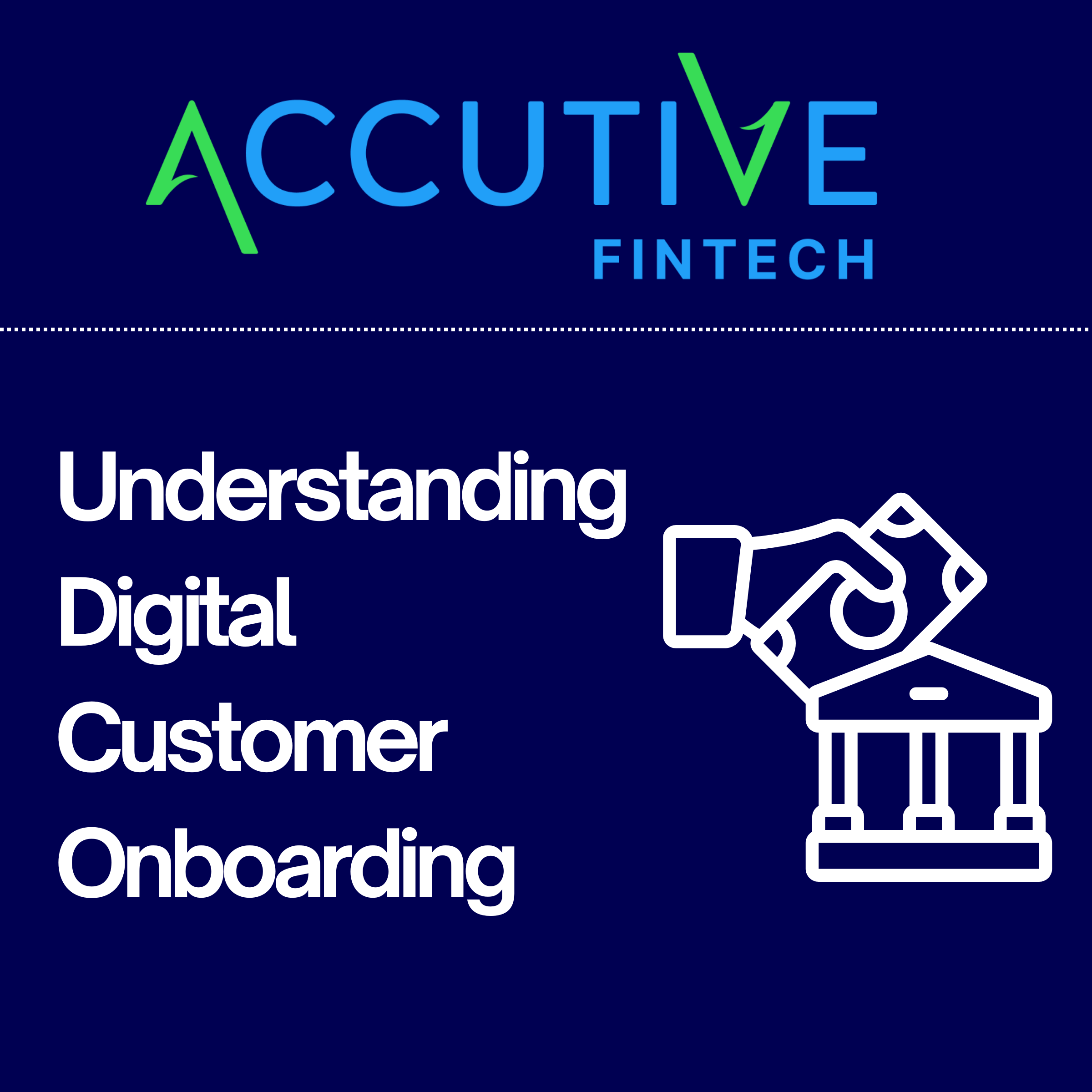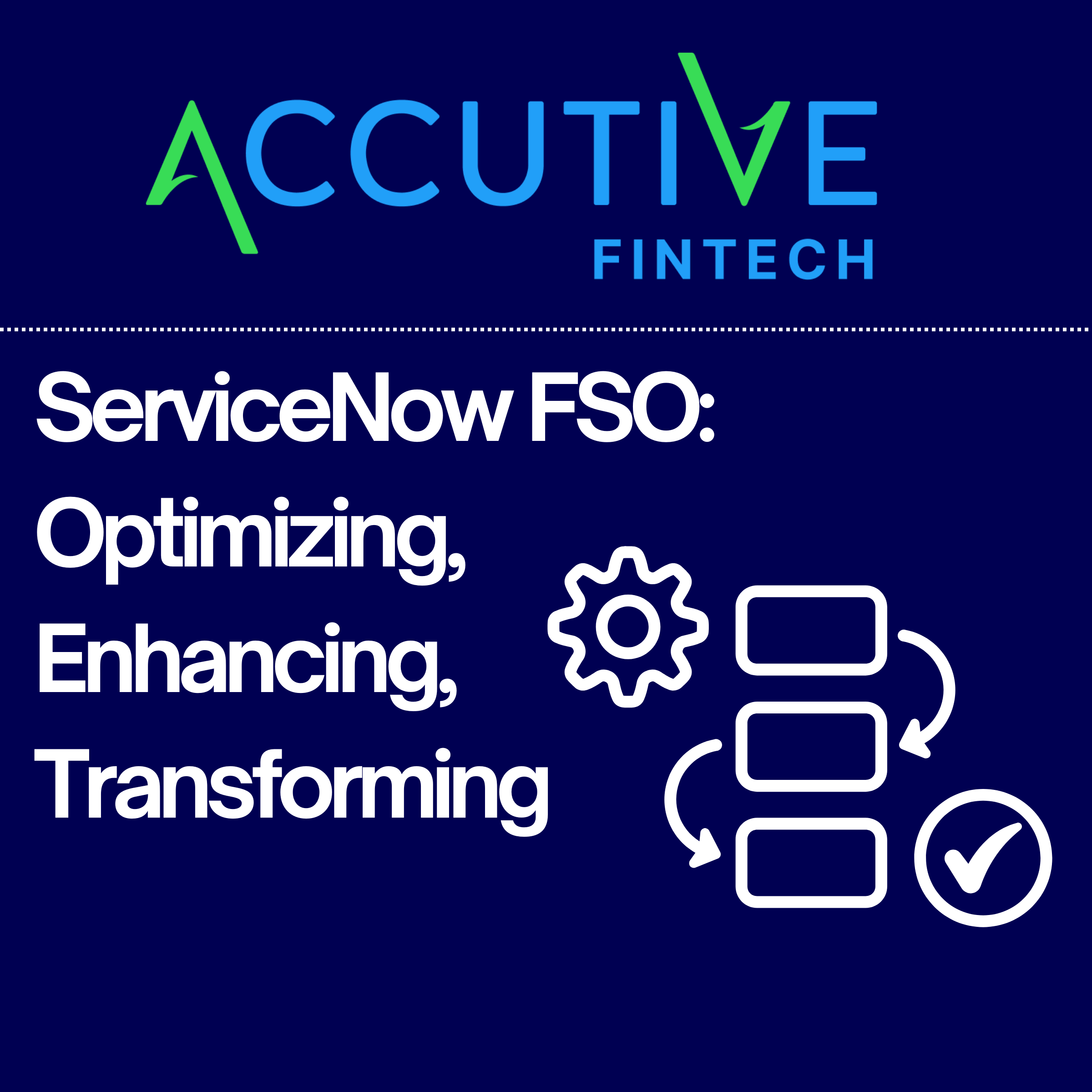As new technologies hit the market, virtual capabilities advance, and customers look for novel ways to connect, digital transformation gains urgency. But you still have some reservations and uncertainties – and your managers are not onboard with the potential disruption to your core business.
While executing a successful digital transformation is crucial to survival, leveraging digital tools to empower your company’s value chain includes many challenges. With the right approach, and strategic plan, you can capture new opportunities without disrupting your core business.

Using Digital Tools to Serve Client Needs
The original BlackBerry phones went dark this year – a testament to how digital transformations can disrupt companies and whole industries. However, most technology innovations come with a smaller scale and gradual changes focused on better serving customer needs.
Digital technology can improve core activities including operations, reporting, and customer care, with dashboards providing instant visibility into key performance indicators, driving service improvements, and reducing operating costs. When applied strategically, digital tools produce efficient and user-friendly organizations.
Centering customer needs and leveraging digital tools to serve their requirements focuses your digital transformation strategy on enhancing what your organization already does well. Your core value proposition remains constant with new technologies added to produce efficiencies, generate insights, and improve customer engagement across the organization’s value chain.
Digital and Physical Coexistence
While eliminating inefficient intermediaries and expensive infrastructure drives many digital transformations, technology integration does not require eliminating all physical infrastructure, people, or brick-and-mortar locations.
Banks replaced vacuum tube drive-up lanes with ATMs, but they retained physical branches and customer representatives to provide in-person services. Today, even with full spectrum virtual capabilities, banks and credit unions maintain a significant number of physical branches.
Your digital transformation strategy should blend physical and digital services and seek to maximize the advantages of each within your core value proposition. In-person services are available to create emotional connections with customers while digital technology generates data driven insights and cost efficiencies.
Customer Centered
Focusing on technology seems obvious, but digital transformations should always target customer needs. All identified goals – operational efficiencies, new products or services, customization capabilities – should center on improved customer experiences. Without a benefit to customers, your organization will be vulnerable to competitive pressure.
Similar to the Data Privacy Officer role described in our previous article, Privacy Please, identifying a dedicated digital transformation leader is key. Focused on meeting customer needs and empowered to work across internal teams and functions to deliver effective solutions, the Chief Digital Officer determines the success of your digital transformation.
Incremental Progress is still Progress
Digital transformation will eventually require, or enable, retiring back-end legacy systems. However, progress on customer facing improvements shouldn’t wait on your back-end overhaul. Radical refurbishments carry significant risk, but modular, gradual changes to legacy systems while delivering customer facing applications and middleware interfaces, enables digital upgrades without significant disruption.
Breaking back-end, legacy systems into subsystems and timing replacement to accommodate significant changes in front-end functionality allows for immediate customer-facing technology upgrades, while offering incremental market testing and iteration with each new system launch.
The EU financial sector learned to appreciate middleware interfaces while adapting to comply with the European Parliament’s Directive on Payment Services (PSD2) in 2015. The PSD2 empowers banking customers to use third-party services for money transfers and required building application programming interfaces (APIs) to facilitate connections between banks’ legacy infrastructure and external providers.
Delaying customer facing digital transformation because you’re not ready to update every part of your systems puts you at risk of falling behind. Breaking your transformation into modules and creating middleware interfaces enables rapid digital tool integrations while supporting operational stability.
Get Moving
Your digital transformation should not be a radical departure from your core business model or value proposition. It’s about using digital tools to find and leverage new opportunities, realize efficiencies and increase customer satisfaction.
Radical disruption, huge investments, and a loss of connection as your business shifts from physical to virtual channels are not inevitable consequences. Change is going to happen, and wholesale system replacements may occur, but incremental shifts to optimize new technologies keep your organization moving in the right direction without disrupting core operations.
Focusing your digital transformation strategy on customer needs and your core value proposition reveals what digital tools will make the biggest impact and where and how they should be applied for greatest effect. Combined with organizational agility and an incremental approach, your digital transformation avoids disruption while optimizing your value chain.
Partnership and Expertise
Need a knowledgeable partner to help make your digital transformation less disruptive? Accutive’s expert technology consultants, powered by innovative vendors and partners, provide expertise, resources, know how, and partnership to make your digital transformation as painless as possible.








